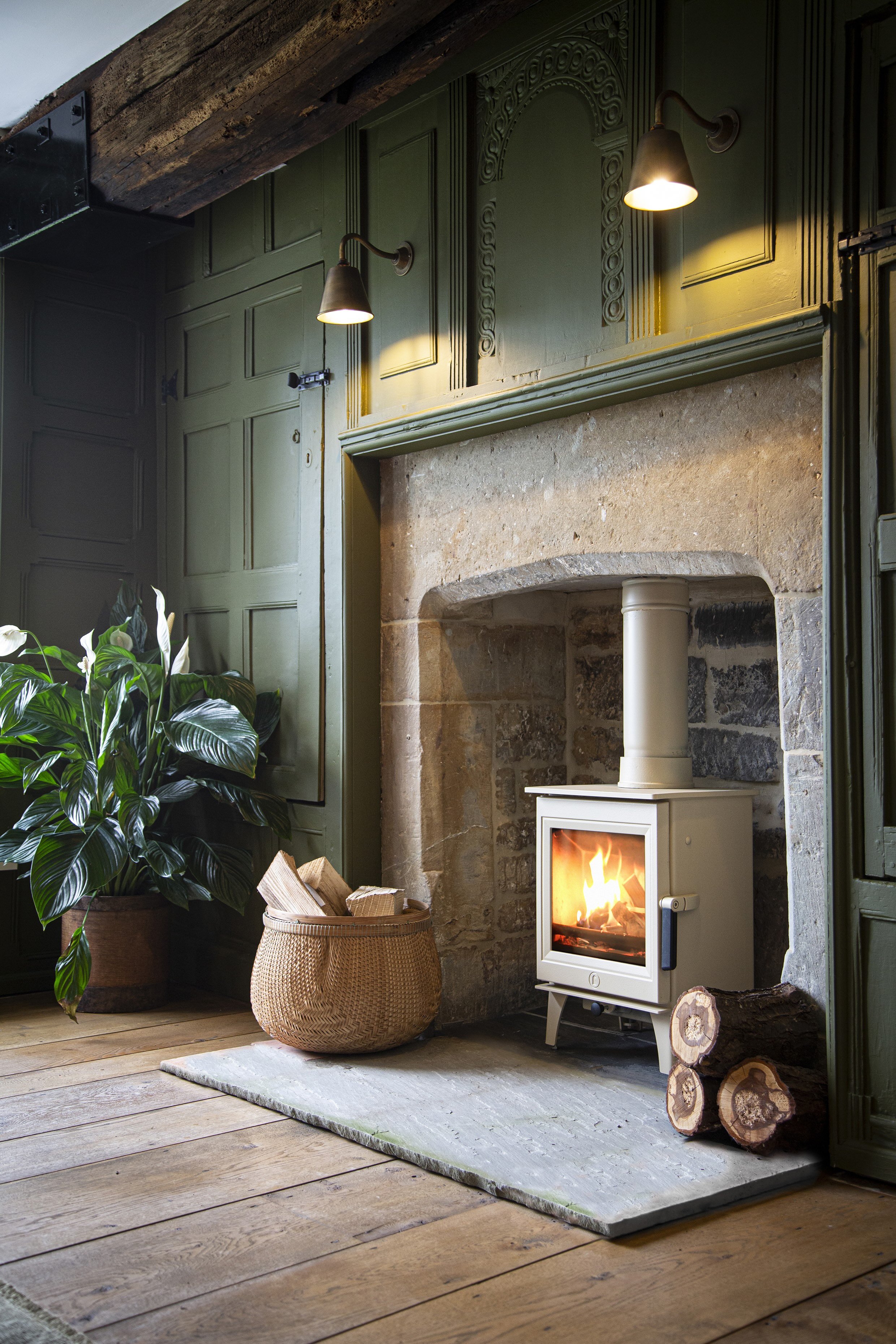Because there’s more to fog than you might think…
Fog is made up of tiny water droplets, suspended near the earth’s surface. But there are several different types of fog. Here are a few you might spot.
Valley Fog
When cold, heavy air settles into a valley with warm air above it condenses to form fog which can sometimes hang around for days at a time.
Radiation Fog
Clear skies and calm, cold conditions cools the air close to the ground, creating condensation and fog. As the sun warms the earth, it ‘lifts’.
Advection Fog
This happens when warm, damp air meets with a cold surface, cooling the air. You often see it at sea when tropical air moves across cool waters.
Coastal Fog
Advection fog can itself cause coastal fog, when warm air moves over the cool sea, usually over the east coast of the country, where it’s known as ‘fret’, or as ‘haar’ in eastern Scotland.
Upslope Fog (aka hill fog)
Cold air is blown up a slope by the wind, cooling further the higher it rises, and taking in moisture, which then condenses and becomes fog.
Evaporation fog
When cold moves across warm water such as a swimming pool, steam fog occurs. You can see the same effect when cold fronts move over warm seas at the end of summer.
A note on Mist
The main difference according to the Met office, is in how far you can see through them. If you can see less than 1,000 metres away, they call it fog and if you can see further than that it’s mist.
If you’re inspired to see, feel and maybe photograph more fog, you might like to read our feature ‘Mist Opportunity’ in our November issue. It’s taken from Chasing Fog: Finding Enchantment In A Cloud by Laura Pashby (Simon & Schuster).
Buy this month's The Simple Things - buy, download or subscribe






